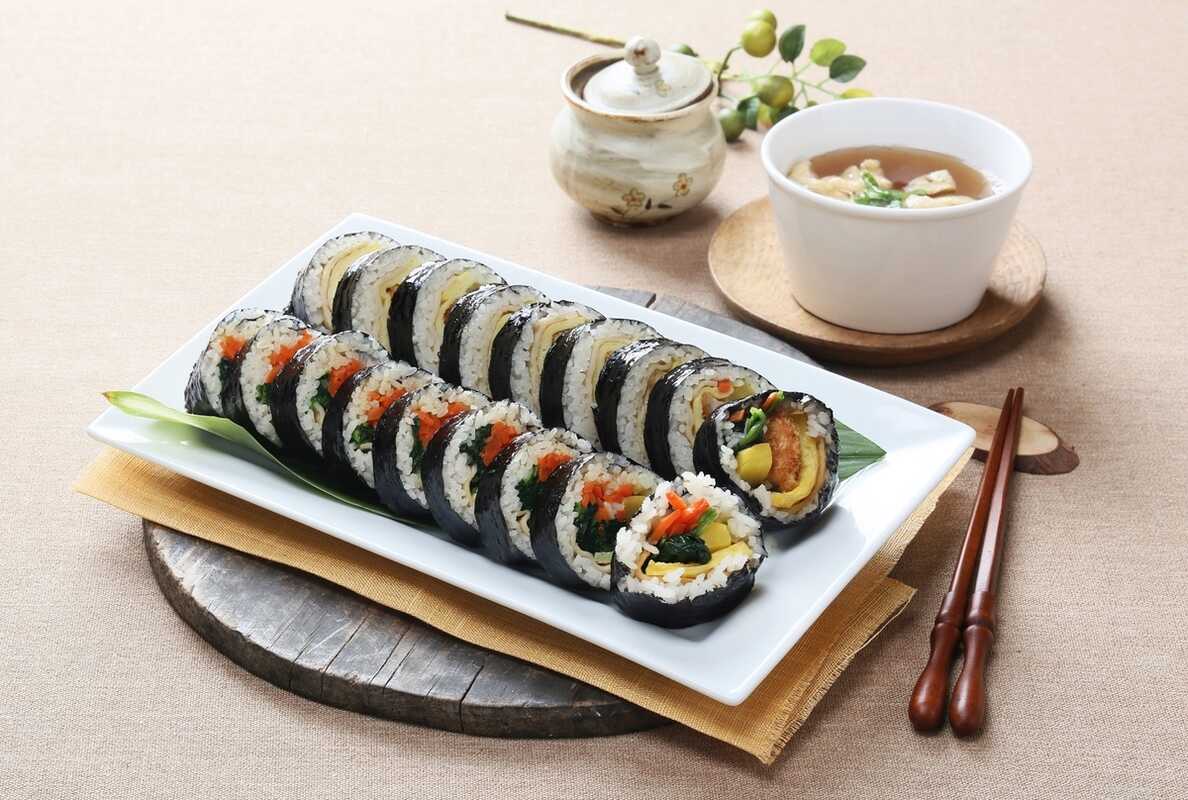The history of sushi reveals that it was not always a dish, but a method of fish preservation. Today, this symbol of culinary artistry has become a frontline on the menu of most Chinese restaurants around the world.
The story of sushi’s emergence on the global culinary scene is a unique one. The craft, culture and continuous reinvention of the fish dish led to the transformation of an ancient preservation technique to international fine dining.
This piece assesses the origins of sushi culture and its evolution over the years. Interestingly, sushi is still morphing, so we shall also discuss what is likely to become of the dish soon.
The Humble Beginnings of Sushi
A little research into the history of sushi reveals that the dish did not always have its current name. It was called narezushi, which the oldest available records suggest emerged around 200 AD. At the time, narezushi was the name of a fish preservation process, and not a dish.
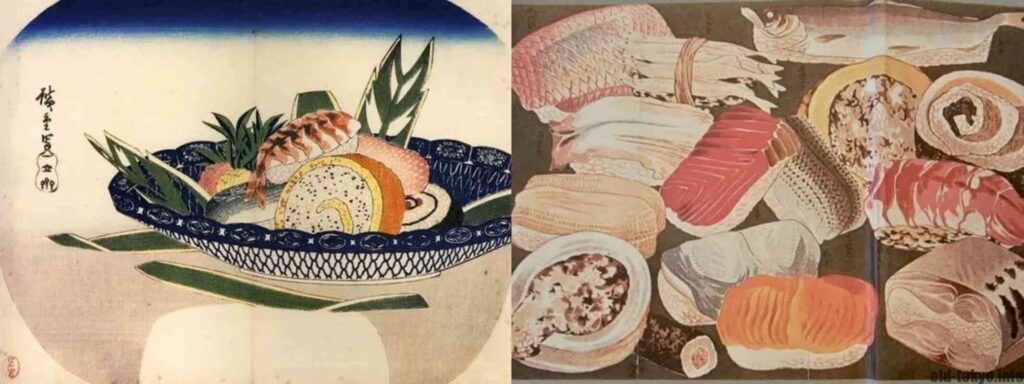
The narezushi preservation technique was popular among the ancient fishing populace that lived along the Mekong River basin. They would store fresh fish in cooked rice, which would undergo lactic fermentation, thus preventing spoilage. At that time, the rice would be discarded after the fermentation period and the preserved fish would remain wholesome for up to a year.
During the narezushi era of seafood fermented storage, taste was of little consequence. The primary goal was to prevent the spoilage of fishing catches as much as possible.
ALSO READ: 7 Food Myths You Should Stop Believing: Separating Fact from Fiction
The Japanese Refinement of Sushi
Before long, nazerushi found its way into Japan through migration and cultural exchanges. It was at this point that the evolution of sushi started. First, locals started adding vinegar and salt to the fermented rice. After a while, they stopped throwing away the fermented rice, consuming it alongside the preserved fish instead. During the Kamakura period (1185-1333) of Japanese history, ancient sushi preservation became less of a priority.
Historians suggest that the nazerushi preservation process, during the Kamakura era, mostly involved leftover fish.
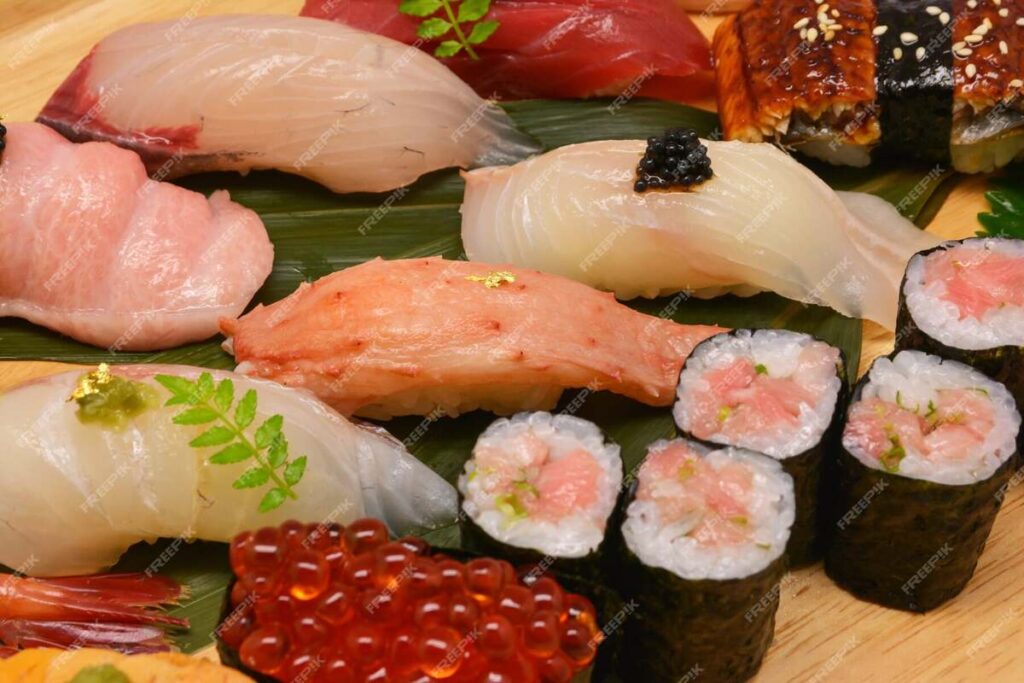
The proliferation of sushi as Edo-period street food occurred between 1603 and 1868. This period saw the Japanese vinegarizing the rice used for fermentation to improve taste. It was during the Edo period of Japanese civilization that quick-sushi, or haya-zushi, became a popular street food.
During the emergence of Edo-period street food in Japan, different regional styles of sushi preparation also came to the limelight. Chirashi, oshi, maki, and ngiri were Edo-period sushi styles that marked a significant milestone in the civilization’s cultural food evolution.
Judging by the foregoing, it is little surprise that many food historians cite Japan as the origin of sushi. While the preservation of fish in fermented rice started in Southeast Asia, Japan transformed the nazerushi process into a dish called sushi.
Sushi Goes Global
It was only a matter of time before Japanese people acclimatized to eating fine sushi. By the 19th and 20th centuries, sushi tradition and innovation had made the dish a culinary heritage in Japan. Soon, most of the quality bluefin tuna being caught in international waters were finding their way to Tokyo or other provinces of Japan.
The Meiji era (1868-1912) of Japanese civilization saw the improvement of ancient sushi preservation, as well as modern sushi trends. For example, due to commercial integration with the West, Japan began taking up some Western cultures. For example, modern sushi chefs started improving the quality and presentation of the dish.
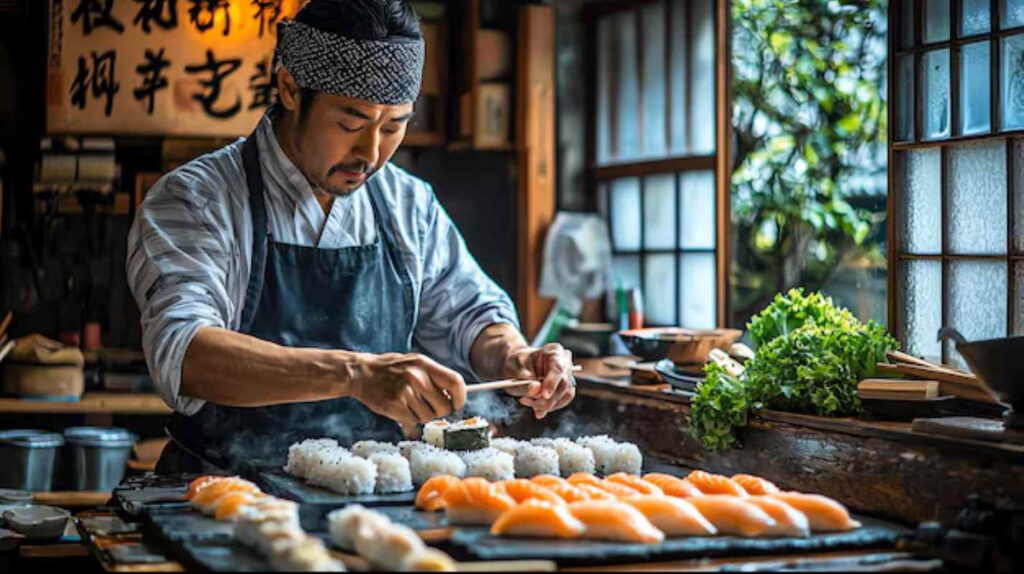
It wasn’t long before foreign emissaries, who came on business and diplomatic missions to the Asian peninsula, started appreciating Japanese cuisines. This provides a brief snapshot of the global history of sushi and the cultural food evolution, making the dish ubiquitous in the United States.
During the late 20th century, Japanese restaurants sprang up in the United States. The boom of these restaurants was particularly significant in Los Angeles in 1966, when sushi found its way into Hollywood pop culture. It was in the film industry that sushi got a platform for projection to the global fans of Hollywood movies.
Another tailwind for modern sushi trends was a study series by Professor Theodore C. Bestor. The Harvard University researcher suggests that the unique combination of sushi ingredients makes it a net contributor to healthy eating.
Tradition vs. Innovation in the Sushi World
The global popularity of sushi has sushi chefs’ innovation across centuries to thank. However, there’s still a deep chasm between chefs with sushi preparation expertise. Some chefs are purists in their approach to sushi preparation. Purists in the sense that they endeavor to retain the traditions and classical techniques of sushi preparation. Such conservative sushi chefs like Jiro Ono and Masaaki Koyama are unforgiving of excessive manipulations of traditional sushi preparation.
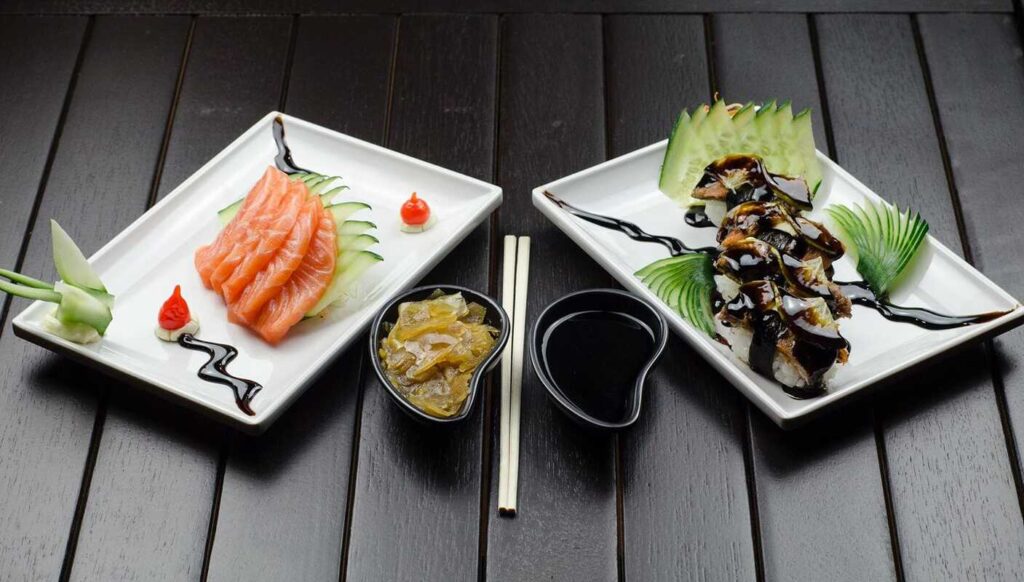
On the contrary, experimental sushi chefs like Nobuyuki Matsuhisa do not jettison traditional preparation methods. However, they are more open to experimentation with new ingredients, presentation and other forms of food innovation.
Truffle infusion, sous vide, and the plant-based sushi movement are the modern sushi trends gaining popularity with experimental chefs. For example, Chef Masaki Saito runs a two-Michelin-star restaurant, named after him, in Toronto. While he sources his fresh fish straight out of Japan, Saito also uses local Canadian ingredients. Like Saito, most experimental chefs are the founts of sushi fusion cuisines.
ALSO READ: How to Make Your Holiday Leftovers Last Longer (and Taste Better Too)
Sustainability and the Future of Sushi
Now that you know about fermented rice origins and the PBS history of sushi, let’s check out the emerging future of the Japanese dish.
The bluefin tuna species is popular with sushi chefs around the world. Of course, it is possible to prepare it with shrimp, salmon and a long list of other seafood. Now, there are concerns about the sustainability of sushi ingredients sourcing, particularly seafood. While some restaurants now source fresh fish from large farms set up in international waters, overfishing of wild schools remains a concern.

To address the sustainability challenge, some food startups are developing lab-grown fish fillets and plant-based seafood. Technology companies like AUTEC are breaking into the hospitality industry with sushi robots. These robots can automate some sushi preparation tasks. Mind you, sushi robots don’t replace chefs but complement their effort, for precision and consistent quality. In some regions of Asia, sushi vending machines are also popping up in areas with high human traffic.
A holistic assessment of how sushi evolved over the centuries reflects a cultural reverence and an openness to culinary creativity. Next time you have some sushi, remember it’s not just a meal, but an edible expression of history and culinary art.
Whether you love tuna sashimi or avocado rolls, you’re part of a story centuries in the making.







